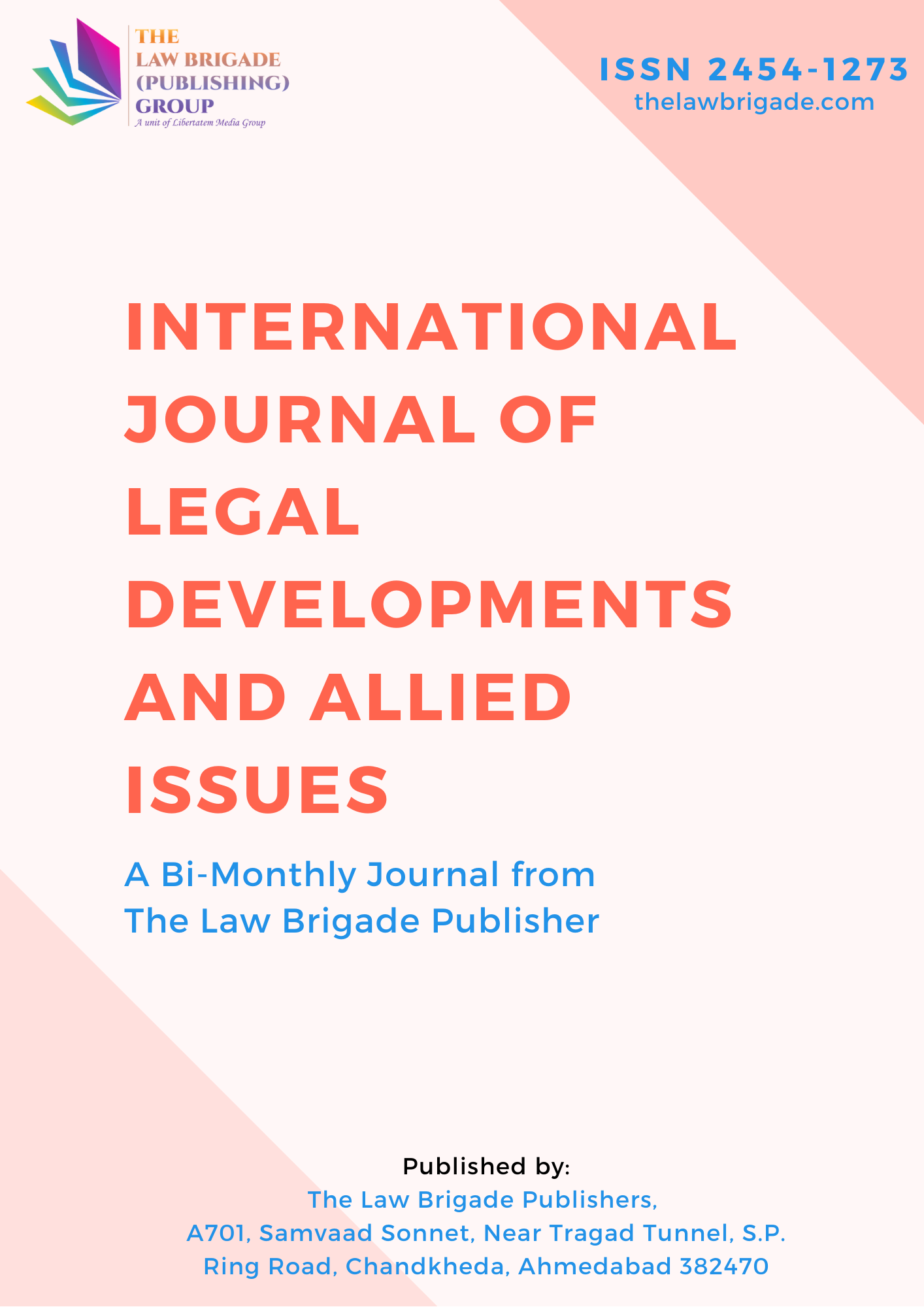Sexual violence can happen to any soul, no matter irrespective of the age, the sexual attitude, or the gender identity. The majority of rape and harassment incidents involve females, and laws are specifically designed to protect female victims of these crimes. Sexual harassment, which can take many different forms, including physical, verbal, non-verbal, and visual, is an unwanted sexual advance that interferes unreasonably with a person’s ability to fulfil their job duties or produces a hostile, abusive, or objectionable work environment. However, men are not given the same amount of attention as women when it comes to harassment.
According to the Discrimination (Employment and Occupation) Convention (No. 111) of 1958, sexual harassment is a type of sex discrimination that is covered by the ILO Committee of Experts on the Application of Conventions and Recommendations (CEACR). Sexual harassment in the workplace is expressly forbidden by the Indigenous and Tribal Peoples Convention (No. 169) of the ILO. The Violence and Harassment Convention, (ILO C190) which was adopted on June 21, 2019, acknowledges everyone’s right irrespective of any gender, to an environment free from violence and harassment at work.
The right to equality is described in Article 14 of the Indian Constitution, which also states that it is one of our Fundamental Rights. The challenges addressed by women are, nevertheless, given more attention in the legislation. The Sexual Harassment of Women at Workplace (Prevention, Prohibition and Redressal) Act, 2013, refers solely to “women” and outlines specific remedies and measures for women who have experienced harassment. Through this law, only women’s fundamental rights to life, dignity, and the ability to practice their profession in a setting free of sexual harassment are recognized as being violated. The Sexual Harassment of Women at Workplace (Prevention, Prohibition and Redressal) Act, 2013, should be extended to men as soon as possible. Additionally, the Indian Penal Code should be amended to include some particular parts to protect men from harassment. For both men and women, there must be a desire for “equal access to justice.” Laws that protect men from various forms of harassment, assault, or rape in various settings must be created by the government and legislative bodies.





